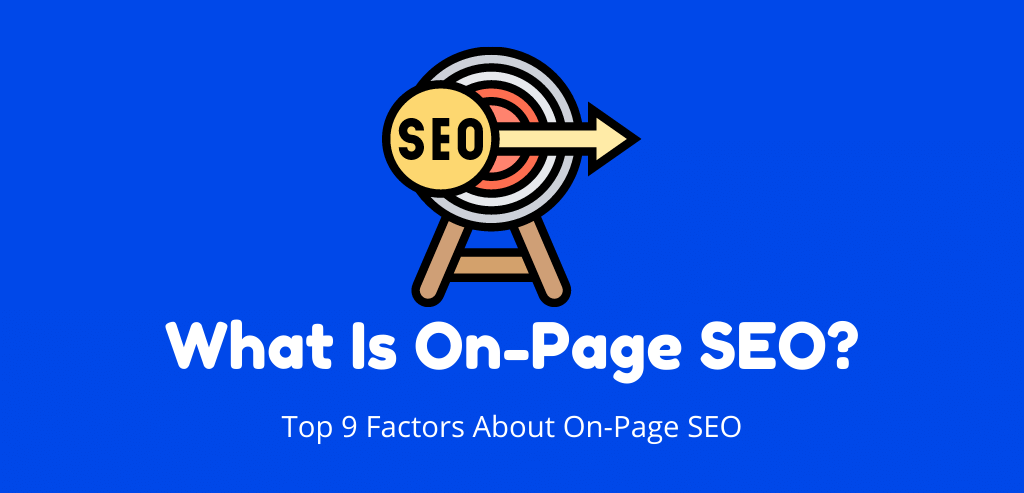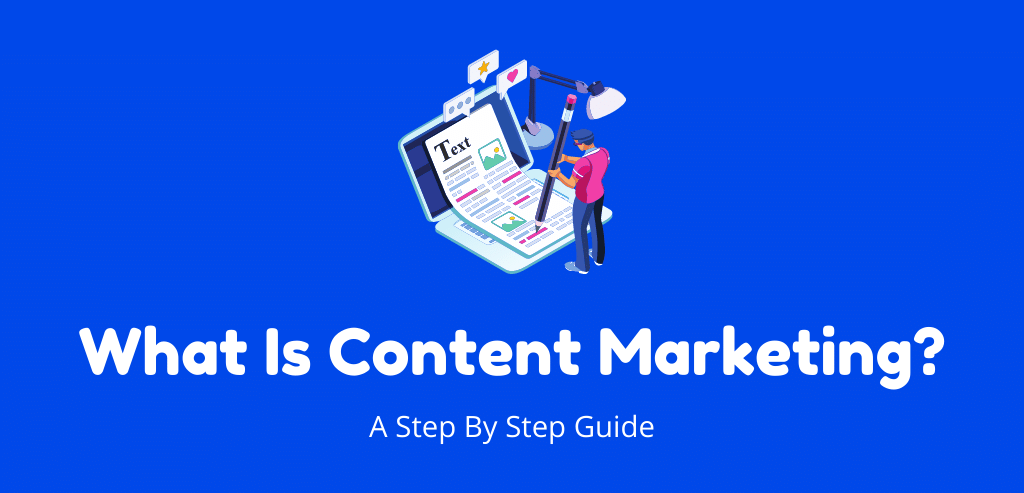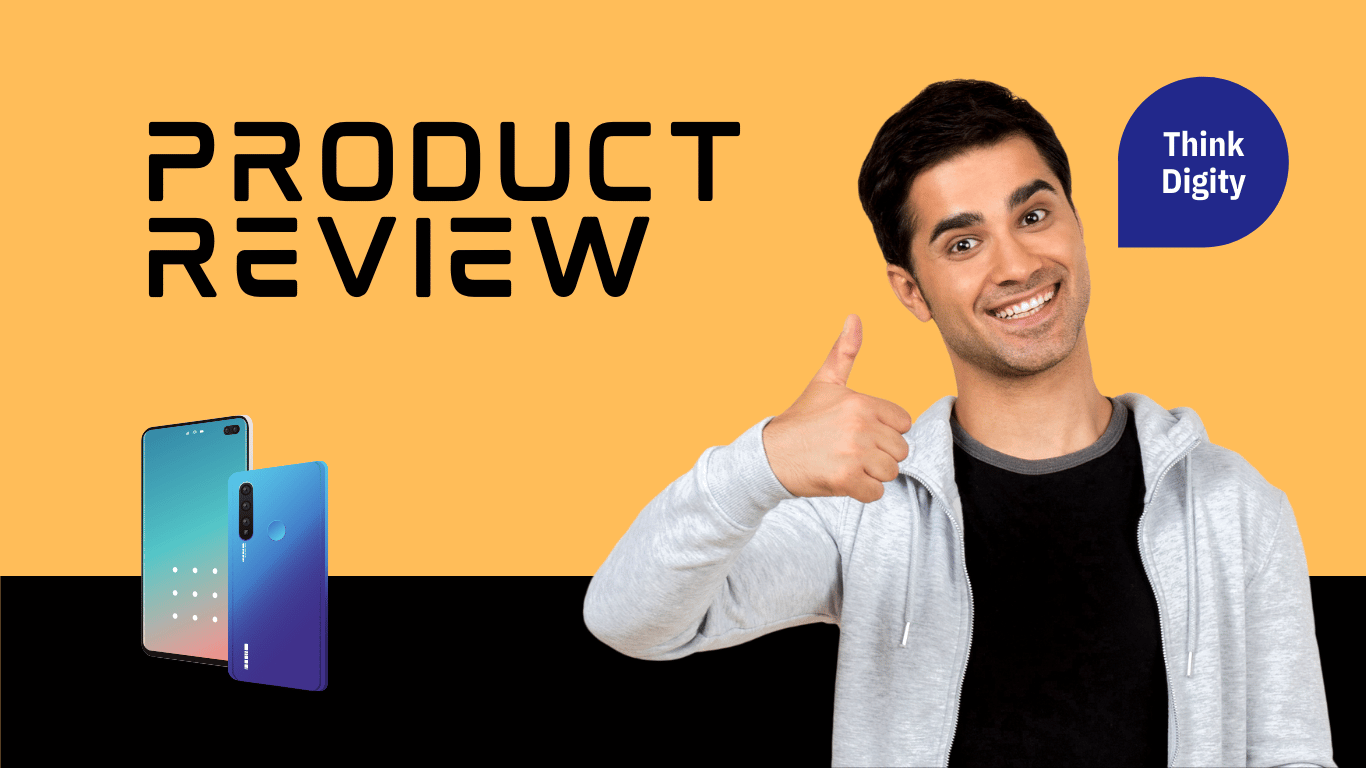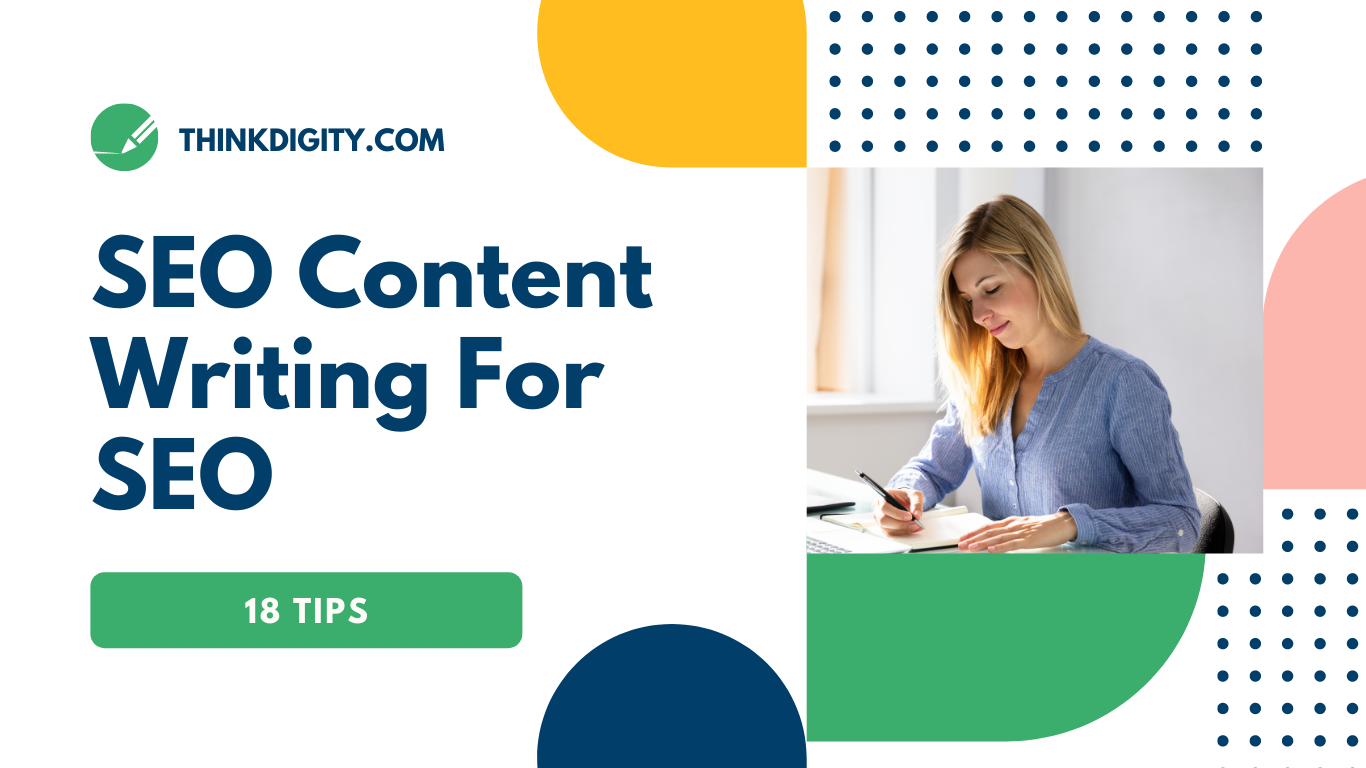
On-page SEO (also called on-site SEO) describes the improvement of websites to improve the positions of a website in internet search engines and generate natural web traffic. On-page SEO is increasing rankings for your website in search engines like Google by creating and optimizing web pages with keywords. In addition, on-Page vegetation boosts organic (non-paid) searches, which means that you will see more significant traffic; this could lead to increased conversions because people are finding what they’re looking for without paying top dollar!
On-page SEO maximizes your headings, HTML tags (meta, headers, and titles), and photos. It also recommends that you ensure that your website has a high level of authority, expertise, and reliability.
Why Is On-Page SEO Important?
On-page SEO is vital as it helps internet search engines recognize your website and its content and tell if it is a query from a searcher.

As the Internet search engine becomes more and more innovative, the importance and semiotics of the results of online search engines on web pages (SERPs) are more emphasized.
With its multitude of complicated On-Page SEO formulas, Google is currently far better at:
- When they ask questions, they realize what people are looking for.
- Providing a search results page that matches individual intentions (informative, buying, navigating).
Also, you can’t just overlook on-page SEO as you have a lot more control in maximizing the on-site components than off-page SEO, which includes external signals (i.e., backlinks).
You can see increased website traffic and increase your search visibility if you translate the initiative directly into on-page methods.
This overview will surely guide you with one of the essential components of on-page SEO.
If you pay attention to these 10 locations, you will improve your web content and authority and improve your positions, traffic, and conversions.
Important on-page SEO factors
In our eyes, there are three crucial on-page SEO factors. Therefore, these three columns should be your focus:

On-page optimization elements that you should focus on consist of:
- URL
- Title tag
- Meta summary
- Heading tags
- Alt tags
- Keywords
- Content
- Speed
- Internal connecting
- Images
- Mobile-friendliness
The instance of some on-page SEO activities consists of:
- Optimizing your title tags as well as meta summaries.
- Writing thorough, quality content.
- Cleaning up your website’s code.
- Streamlining your website’s navigating.
- Speeding up your internet site.
Check this out to determine how you can perform on-page optimization for each of these on-page SEO aspects!
How to maximize on-page SEO?
Since you understand the variables that affect your on-page SEO, you can improve them. Remember, it certainly takes time to improve your website and see the results that come with it.

If you stick to the most acceptable methods of using these variables, you can be sure to create a website where formula updates can make.
On-page SEO title tag
The title tag, an HTML tag that is present in the header area of every website, provides an initial indication or context regarding the current topic of the respective website on which it locates.
The web browser’s start window includes websites’ online search engine results (usually used as a clickable web link).
The title tag alone has little effect on natural positions – so it is often forgotten.
That said, skipping, replicating, and poorly crafted title tags can adversely affect your SEO results. So be sure to improve this aspect.
Using the meta description for on-page SEO
Given the beginnings of search engine optimization, meta-summaries were a crucial optimization factor.
Meta summaries, meta tags that summarize what the website has to do, are often displayed in the SERPs under the website’s title.
Properly enhancing the meta-summary can help improve:
- Click price (CTR).
- Perception of the highest quality of the result.
- Perception of what your website has to offer, any changes.
On-page SEO headings
Do you want your website’s web content to perform well when it searches? Start by creating engaging headlines.
Generating a title for a post can also appear to be standard. However, an excellent headline can indicate the distinction between a click and a perception – so it is vital to develop tactically.
Your headlines need to spark a passion for drawing attention to the SERPs – and enticing people to click and check out the rest of the web content.
On-Page SEO Url
Links for the web pages of your website must consist of summaries of the subject of the web page.
If you have a website about childcare for dogs in Daytona Beach, a suitable URL would undoubtedly be www.yoursite.com/dog-daycares-in-daytona. If you have numerous locations, you can use layout adherence: www.yoursite.com/locations/blog/care.
You are inserting your keyword phrase into your URL instead of a long series of crowded numbers. It also makes searching your website less complicated and gives individuals a much better suggestion for your website’s themes.
Heading tags
You also want to use them for search engines and individuals regarding heading tags. Use heading tags throughout your content to break it up and make it redundant and understandable for customers. You can also insert your core or associated search phrases to give your website an online search engine even more context.
Alt tags
Internet search engines cannot see multimedia, so they rely on alt credits to learn multimedia.
If you have a picture of an apple, your alt tag could claim “red yummy apple.” After that, you can add exact names to the photos you submit so that Google can get a much better multimedia concept.
Constantly consist of an alt tag for your multimedia content. Google Alt Tags also help customers who can’t connect or see your content. The use of alt tags makes your web content easily accessible to anyone who browses your website.
Keyword phrases for on-page SEO
Every webpage on your website should consist of news web content above the subject.
Also, websites generally not maximized, such as the Contact United States website, can help your business gain recognition online. Using keyword phrases on your website will help Google review and rank them appropriately.
You need to research and assemble keyword phrases for every webpage on your website. Search devices for search phrases such as KeywordsFX and Keywordtool.io can help you identify good keywords.
Look at handy metrics like regular monthly search volume and competition to see which keyword phrases use one of the most valuable.
Smaller businesses will undoubtedly focus on long-tail keywords or 3 to 4-word search phrases.
Long-tail vital phrases have usually reduced search volumes from month to month, but they have also reduced competition.
It is usually less complicated to analyze the search intent behind long-tail search phrases as they are much more secure.
When someone searches the short-term “canine shops,” it is difficult to see what they are trying to discover. They may be looking for the most effective lap dog pet deals, or they may want to try and get a dog deal with the court.
On the other hand, if someone searches the long-tail phrase, “get canine deals for puppies.” Then, they realize what they want to discover – what they are ready to acquire.
Meaningful SEO projects have both long-tail and short keyword phrases. But, again, the terms you choose as a goal will undoubtedly depend on your company and the plans.
Writing About On-Page SEO
Search engine optimization provides ways to create web content for both internet search engines and customers.
One approach to writing strong SEO web content is more important than studying keyword research and filling in the fields.
Just generating content for it is not enough. Remember, you are creating web content for individuals – consequently. This content must be high quality, substantial, and also appropriate.
Image optimization
Inserting images is a great way to make your web pages enticing. However, not all photos develop equally – some can also reduce the size of your website.
Maximizing images helps you maximize an important SEO property.
Image optimization offers several advantages:
- Additional ranking opportunities (appear in the Google image search).
- Better customer experience.
- Tons of faster websites.
Pictures shouldn’t be a second thought. Make sure you include images that support your web content and use clear titles and alternate messages.
Conclusion
Every SEO approach focuses on ranking as high as possible in the search engines. Below, I’ll review the differences between the two, discuss the value of on-page SEO, and outline the key on-page SEO elements.
If you have a website for your business online, you probably understand. And understand the basics of SEO or search engine optimization.
Understanding what aspects affect your on-page SEO is the current position to maximize them. Every SEO technique focuses on ranking as high as possible on the search engines.






